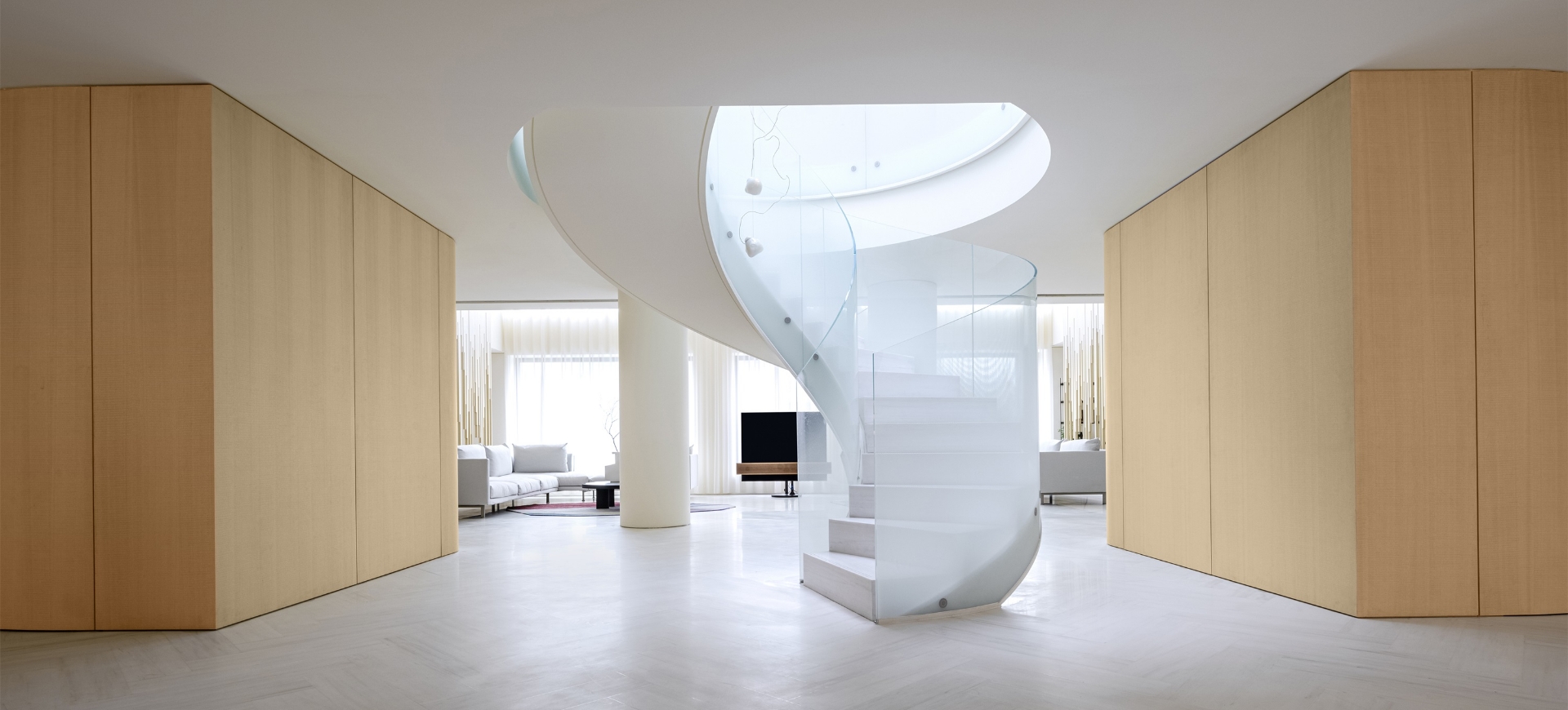Mao Hua,Jury of 2022 LIV Hospitality Design Awards
The mission of the LIV Hospitality Design Awards is to celebrate the quality and diversity of the architectural ventures and interior design projects shaping the worldwide hospitality industry today. The program was launched in 2020 and is an inclusive platform, pursuing and rewarding exceptional projects within LIVING and EATING spaces.
2022 LIV Hospitality Design Awards have announced the Jury panel. Mao Hua, founder of EK Design and PP Design Gallery, was invited to be the first designer jury in China’s Mainland for the 2022 LIV Hospitality Design Awards. This year, the organizer invited a total of 41 design experts, architects, hotel developers, hotel operators and educators from all over the world who are committed to the hospitality industry, including executives from Aman Hotel, Marriott, InterContinental Hotels, Radisson Hotel, Accor, The Ascott, and Minor Hotels. The evaluation process for entries to the LIV Hospitality Design Awards is based on various judging criteria, constantly adapted to new technical, social, economic, and ecological requirements.

Mao Hua
Founder of EK Design and PP Design Gallery
Design Director of YuQiang & Partners Interior Architects Studio
Master’s Degree in Environmental Art Design from Chelsea College of Art and Design, University of the Arts London

Mrs. Mao Hua is a professional designer with an international vision and always bases her works on modernistic design concepts. Combining artistic flexibility and life inspirations, MAO strives to discover a new world of “perfect design”. Her design is characterized by theatrical and dramatic aesthetics, which brings fun and multi-facet experiences to the space, thus enriching one’s spirit with contemplation.
Mrs. Mao Hua attained her master’s degree in environmental art design from Chelsea College of Art and Design. Now she is the founder of EK Design and PP Design Gallery, and the design director of YuQiang & Partners Interior Architects Studio. She also worked for interior design studios in Beijing and London. As an interior designer for more than 20 years, Mrs. Mao has strong leadership and good communication skills to cooperate with clients, and excellent abilities to deliver project design with the team members. She has undertaken hundreds of projects and accumulated rich experience in this area. She established a long-term business relationship with renowned property groups and won numerous awards both from Asia Pacific and International design competitions. She is among the top female designers in China.
While working as the design director of YuQiang & Partners, Mrs. Mao Hua also set up her individual business PP Design Gallery in 2010——the first opened modern design showroom in the South China market. In 2021, Mrs. Mao established EK Design, a high-end design branch under YuQiang & Partners, specializing in expressing personal and spatial connections from fashion and artistic perspectives. EK Design strives to inspire more possibilities in the architecture, interior design and creative design sectors.
The following is an exclusive interview with Mao Hua, the organizer of the 2022 LIV HOSPITALITY DESIGN AWARDS
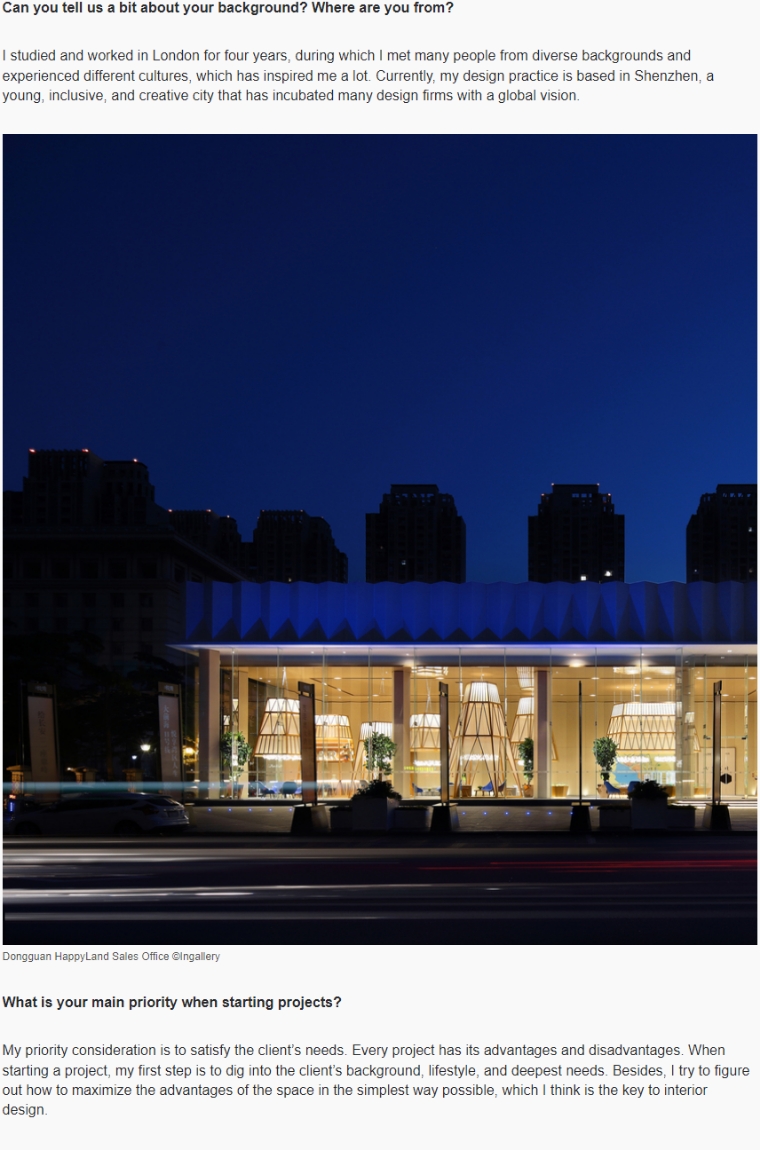

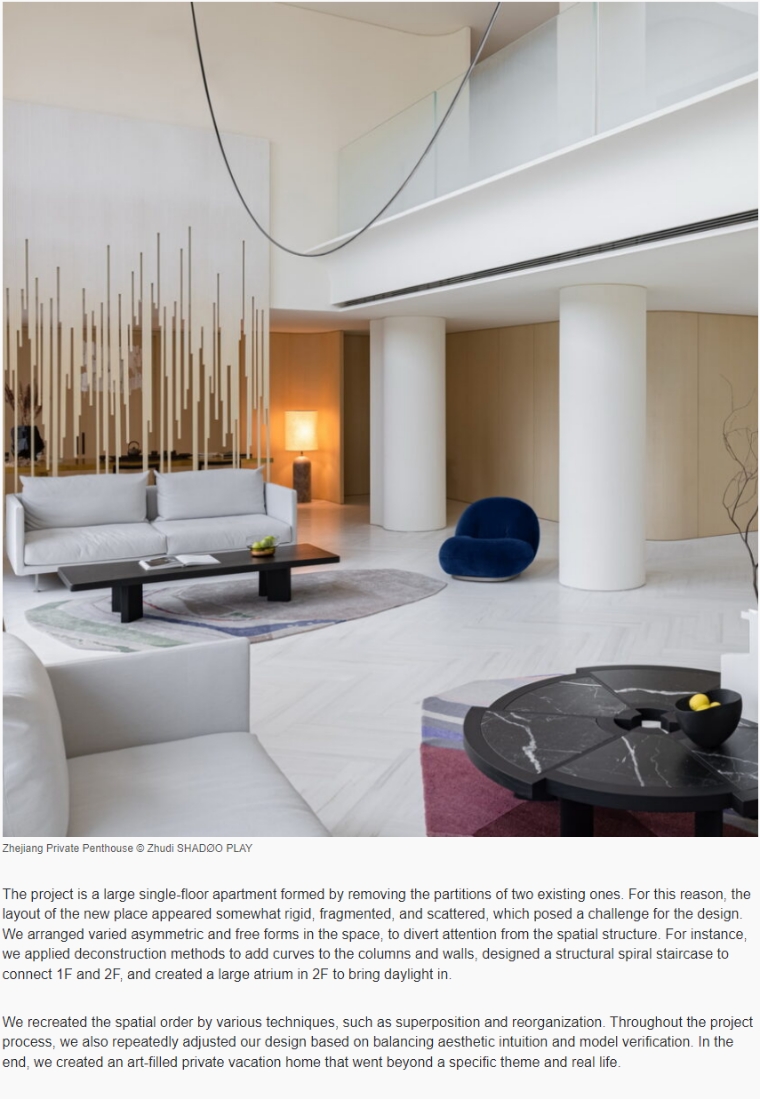

Interview link:https://livawards.com/interview-mao-hua/
Q1
What is your main priority when starting projects?
Mao
My priority consideration is to satisfy the clients' needs. Each project has its advantages and disadvantages. As starting a project, my first step is to dig into the client's background, lifestyle and deep needs. Besides, I try to figure out how to maximize the advantages of space in a simplest way, which I think is the key of interior design.


HappyLand Sales Property Office ©Ingallery
Q2
Is there something that is fundamental to your practice-your philosophy and your process?
Mao
Spatial design needs to take into account the existing conditions of the architecture and its logical relationship with the outside surroundings. Based on this idea, I then shift to the interior — to figure out how to approach the space and how to express creativity and aesthetics. This is my fundamental design process and approach.

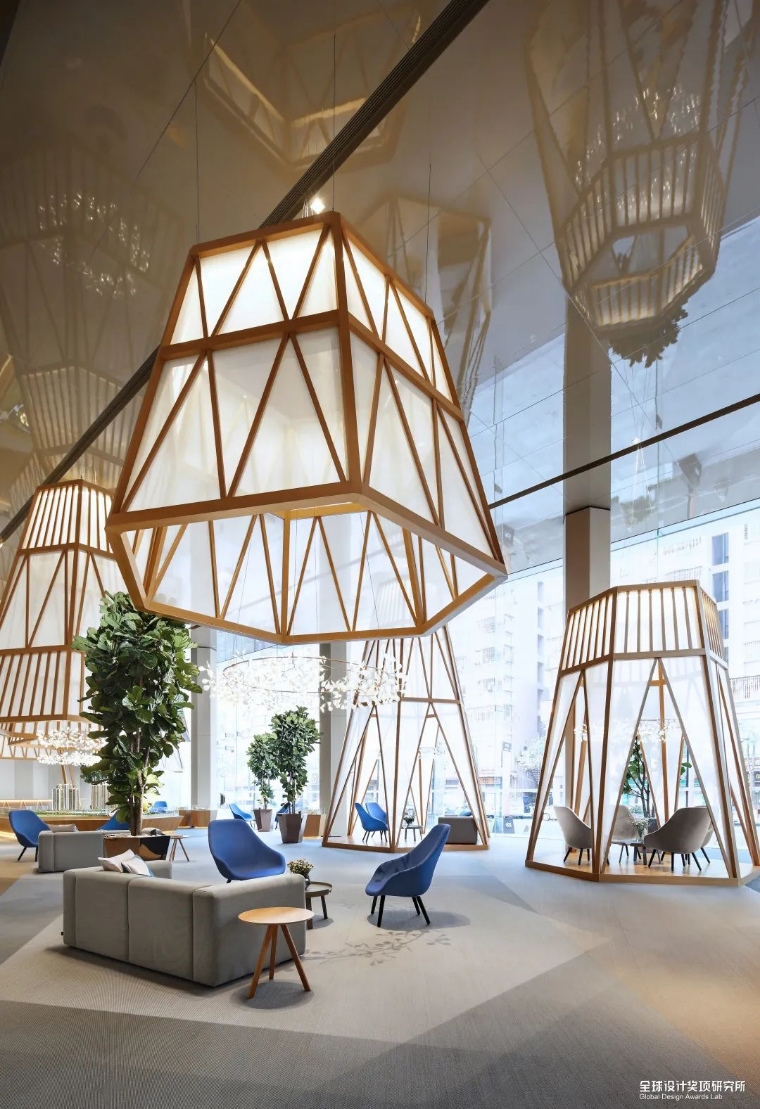
HappyLand Sales Property Office ©Ingallery
In design practices, I tend to incorporate "dramatic" aesthetics to interpret conflicts and contrasts, hoping every spatial scene I conceived to tell stories while presenting contrasts.

HappyLand Sales Property Office ©Ingallery
Q3
Can you tell us more about your new company EK Design?
Mao
With the purpose of approaching more diversified project typologies and creating some "different" designs, I established EK Design in 2021. At EK, we have more freedom to fully unleash imagination, creativity and to express different cultures in diversified ways, and tend to express "conflicts" and "integration" in design.
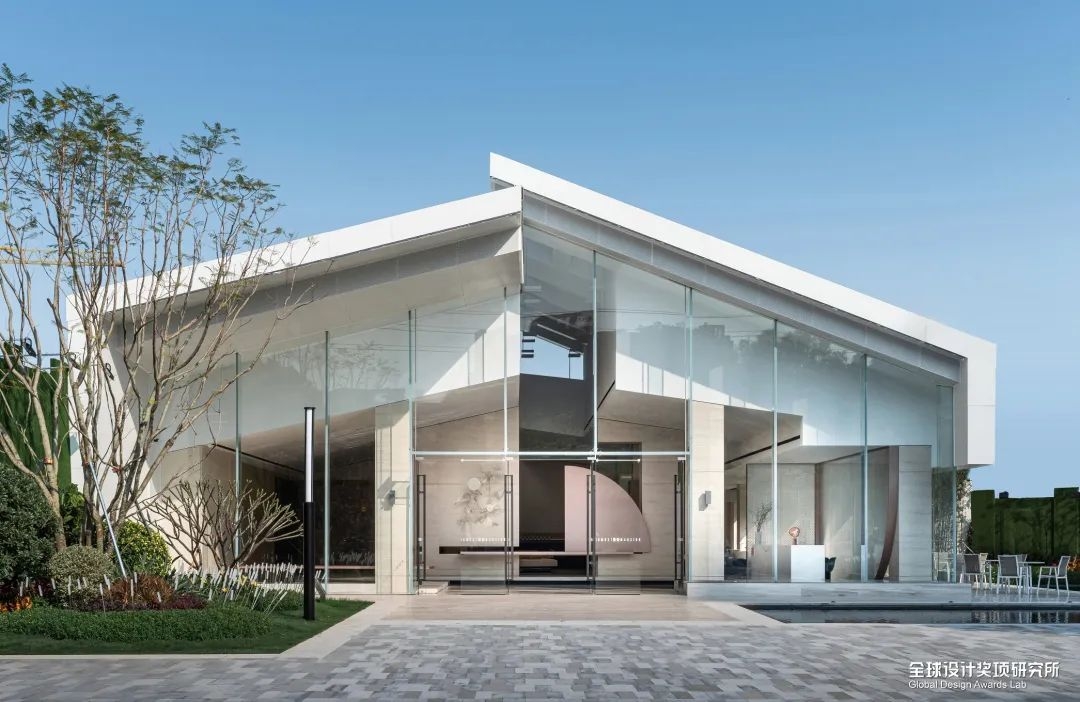

HappyLand Sales Property Office ©Ingallery
Besides interior design, EK’s business scope also involves art, architectural design, product design, graphic design, and branding planning, etc. A multi-disciplinary team plays a key role at EK. Currently, we have involved architects in our team, and will further bring in landscape designers and product design professionals in the future. In this sense, EK Design has gone beyond interior design.
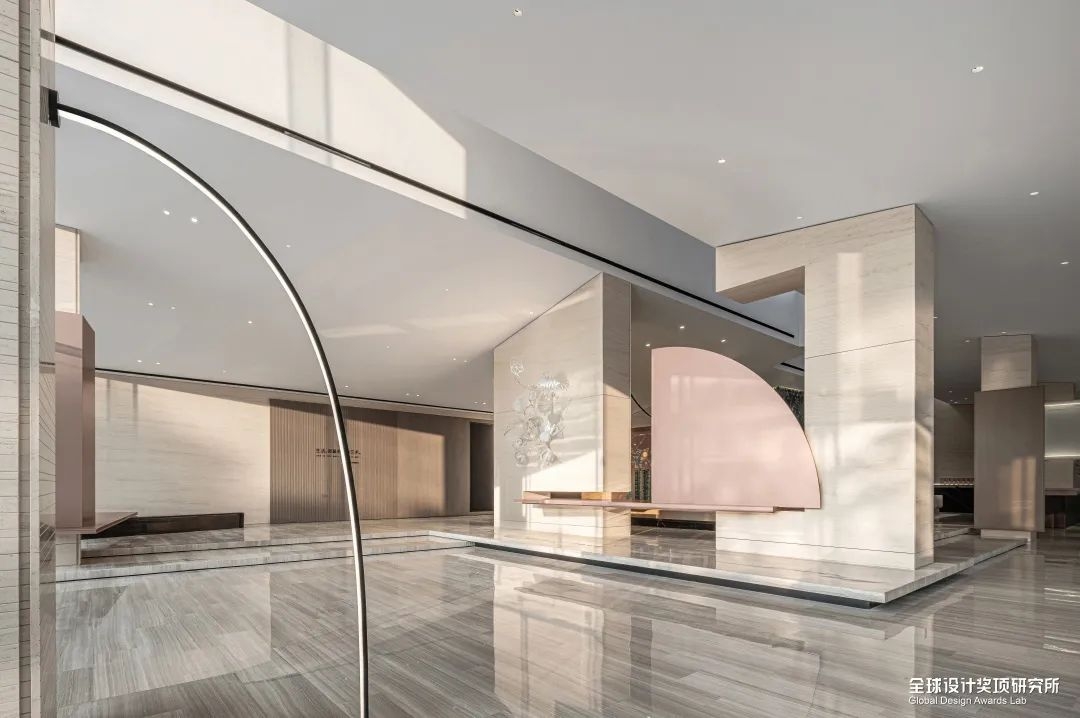

HappyLand Sales Property Office ©Ingallery
Q4
You have also founded the PP Design Gallery in 2010.Can you please share more about this initiative?
Mao
The original intention of founding PP Design Gallery is to support our interior decoration projects. Back then, there was a lack of quality international furnishings products and relevant purchase channels in Chinese market. We hoped to apply more stylish and tasteful products to our projects, to create a more holistic interior decoration effect. This sparked our idea of "looking for good products", so we established PP Design Gallery. It is the first design gallery in southern China that focuses on international modern designs. It's more like a bridge which introduces creative design brands across the globe to Chinese design community and the public.

The Mixc VIP Lounge, Shenzhen ©Qin Zhaoliang
Q5
If you have to choose only one project you have been involved in, which one’s would it be and why?
Mao
Recently, we completed a private art-filled penthouse in Zhejiang for a female client who adores fashion and a free lifestyle. She hopes her third residence to be an art space that combines multiple functions, including a private vacation home, a place for receiving and gathering guests, and a venue for communication and entertainment. The project is a large single-floor flat formed through removing the partition walls of two existing apartments. For this reason, the layout of the new flat appeared somewhat rigid, fragmented and scattered, which posed a challenge to the design.



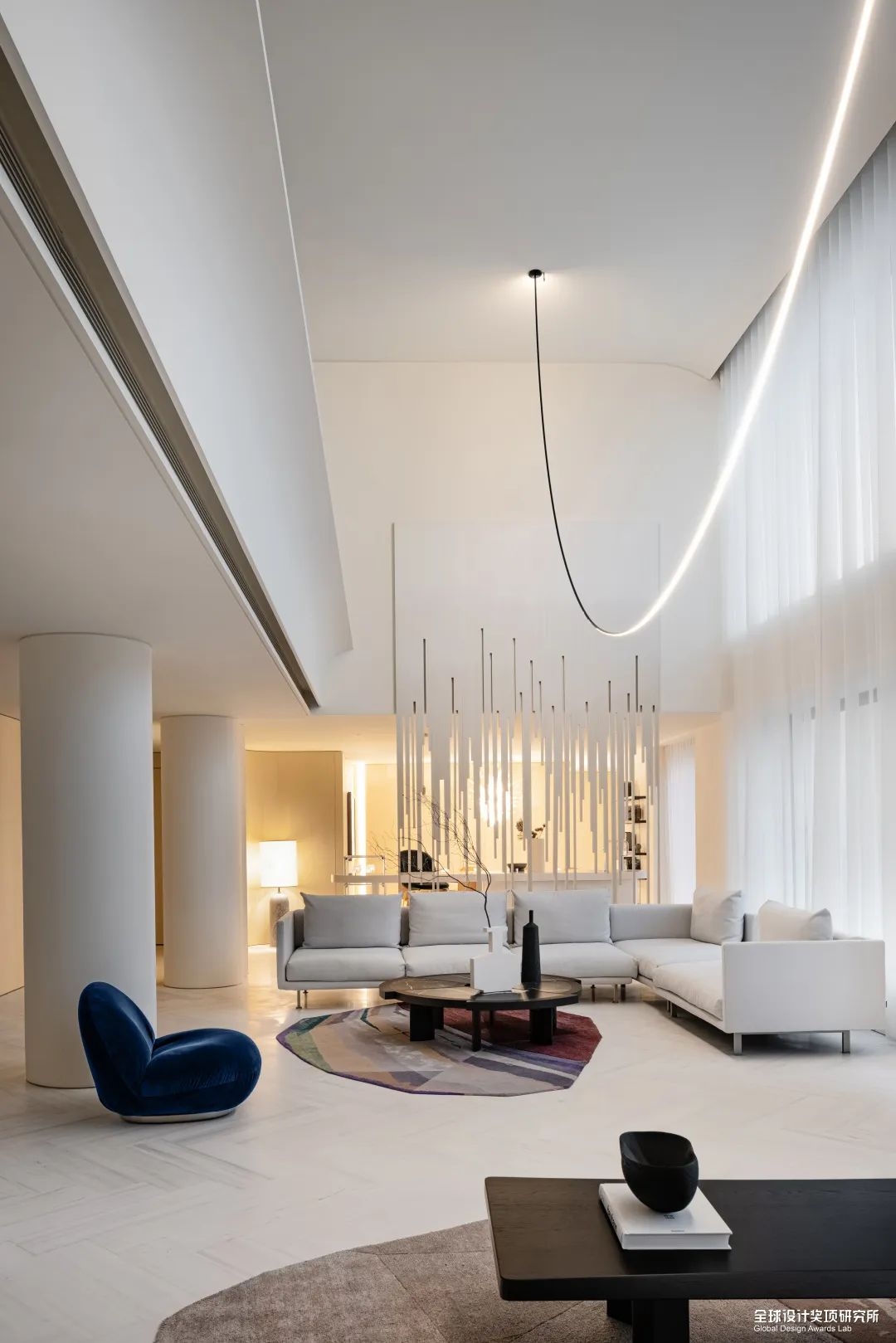
Zhejiang Private Penthouse Zhu Di @ SHADØO PLAY
We arranged varied asymmetric and free forms in the space, to divert the attention from the spatial structure. For instance, we applied deconstruction methods to add curves to the columns and walls, designed a structural spiral staircase to connect 1F and 2F, and created a large atrium on 2F to bring daylight in. We recreated the spatial order by various techniques such as superposition and reorganization. During the project process, we also repeatedly adjusted our design based on balancing aesthetic intuition and model verification, eventually creating a private art-filled vacation home beyond a certain concrete theme and real life.

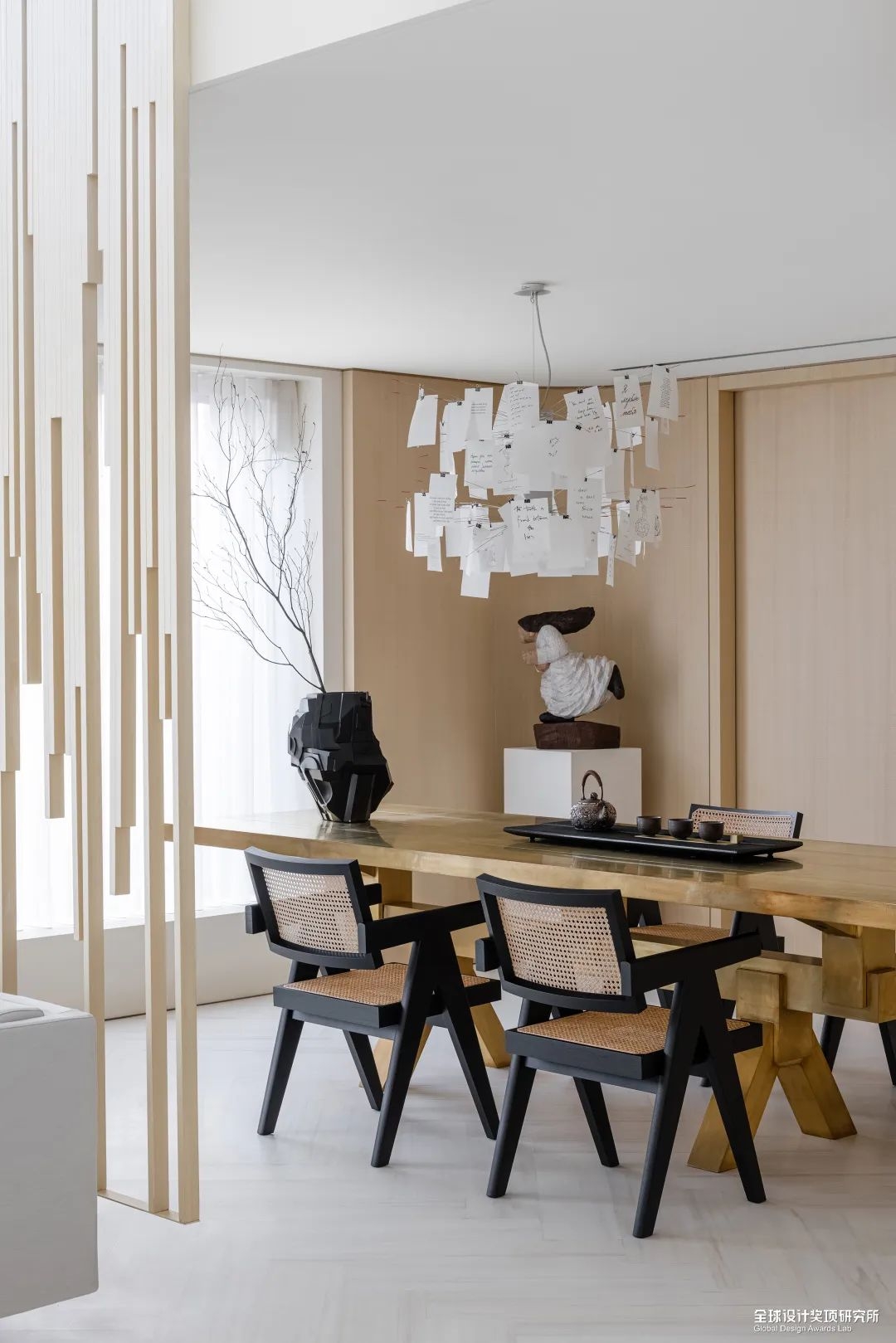
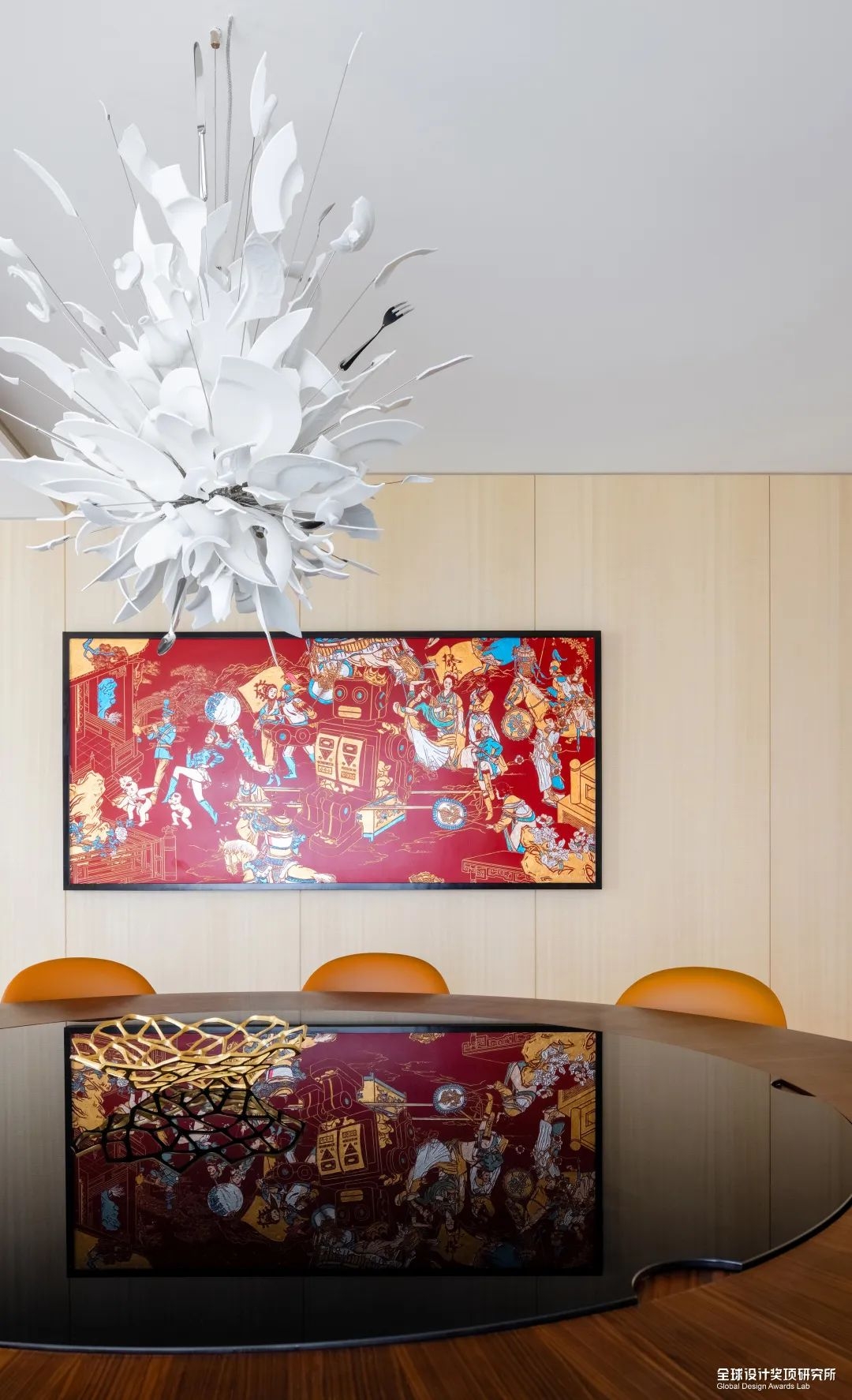
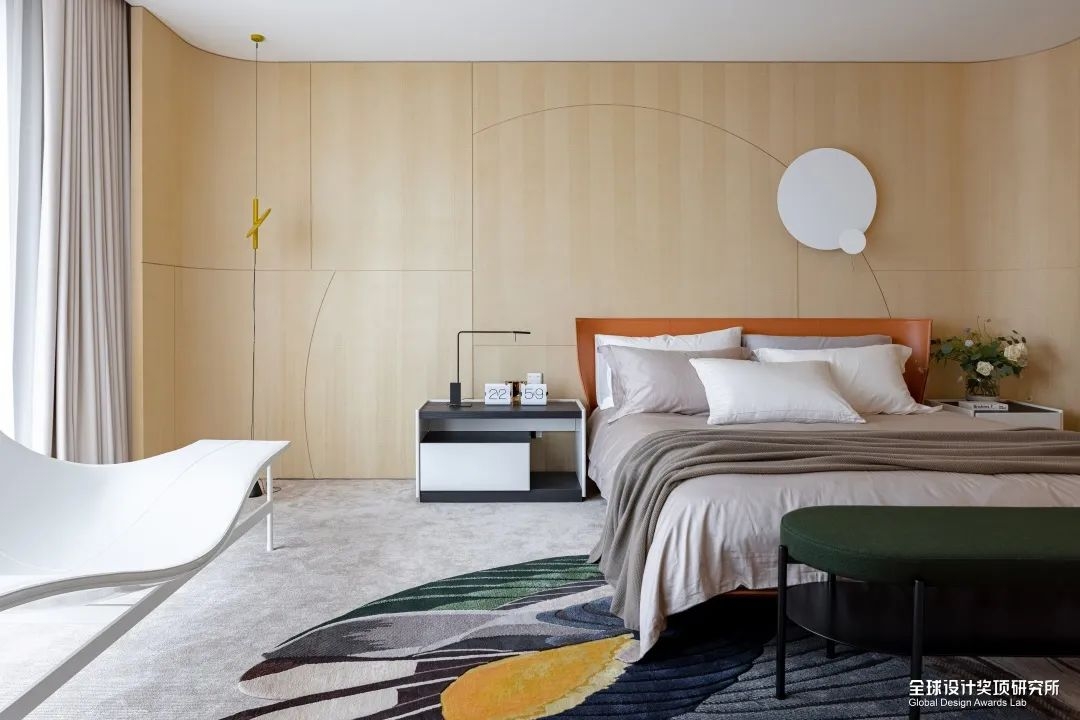
Zhejiang Private Penthouse Zhu Di @ SHADØO PLAY
Q6
Last, what are you working on at the moment, and do you have any upcoming projects or collaborations that you’re able to tell us about?
Mao
Currently, we're working on PUER LAB, a teahouse located in C Future City, Futian, Shenzhen. In recent years, traditional Chinese culture has been breeding new consumption trends. As PUER LAB is a new type of hospitality project, we intend to adopt fresh forms and fashionable design languages to convey traditional Chinese teahouse culture. EK works on both brand positioning and spatial design for PUER LAB. We utilize traditional Chinese mortise-and-tenonjoints to shape spatial structures, and meanwhile deconstruct and reorganize various geometric forms. Those ingenious and flexible structures link up the overall space, and create a unique spatial experience. The interior adopts the typical red soil color in Xishuangbanna — the production area of pu'er tea, as the main tone. Besides, we reinterpret the cultural symbols of the famous Chinese ancient painting "Riverside Scene at Qingming Festival", and translate it into a decorative wall painting in the space to produce an aesthetic contrast between tradition and fashion.

Shenzhen C Future City PURE NF TEA Provided by EK Design
